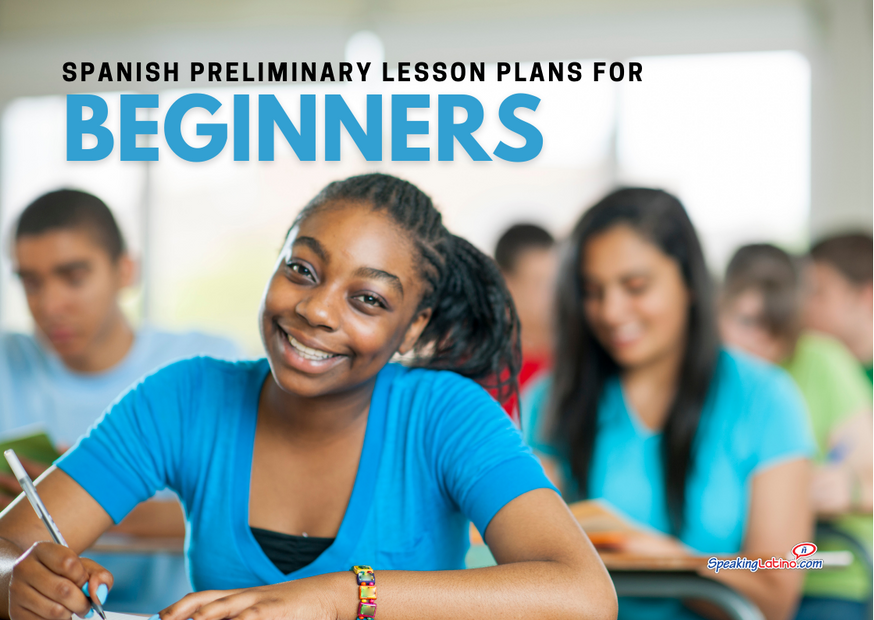 Preliminary Spanish lessons for beginner high school students at the beginning of the school year to introduce them to the language and teach basic grammar, vocabulary, and pronunciation. This will help them develop a foundation for learning Spanish and be better prepared for more advanced classes as they progress in their studies.
Preliminary Spanish lessons for beginner high school students at the beginning of the school year to introduce them to the language and teach basic grammar, vocabulary, and pronunciation. This will help them develop a foundation for learning Spanish and be better prepared for more advanced classes as they progress in their studies.
In the preliminary Spanish lessons for beginner high school students, some typical topics include:
- Basic greetings and introductions
- Grammar fundamentals, such as subject pronouns and verb conjugation
- Common vocabulary words related to everyday topics, such as family and shopping
- Introduction to Spanish-speaking countries
- Role play conversations and speaking exercises
The 12 Lessons You Should Teach to Spanish Beginner Students the First Weeks of School
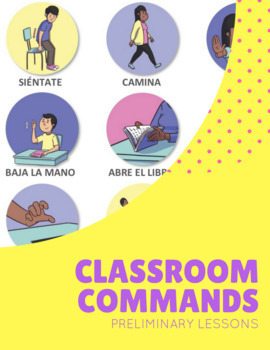 1. Classroom Commands Mini Lesson Plan
1. Classroom Commands Mini Lesson Plan
The 50 vocabulary words and phrases for this lesson have been divided into three sections:
- Performing Actions
- Following Instructions
- Asking for Help Phrases
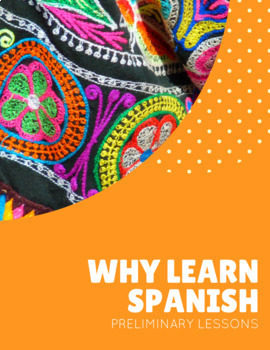 2. Why Learn Spanish or Any Other Foreign Language Mini Lesson Plan
2. Why Learn Spanish or Any Other Foreign Language Mini Lesson Plan
Students discover and reflect upon the benefits of learning Spanish or any other foreign language with a series of videos and infographics. They will also create a poster with their Spanish learning goals.
3.  History of the Spanish Language Mini Lesson Plan
History of the Spanish Language Mini Lesson Plan
Introduce the history of the Spanish language in a 3-minute video in English. Students will then answer multiple-choice questions about what they learned by playing an online class game. (Non-online version provided too.)
4. 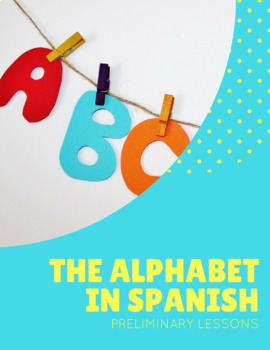 The Alphabet and its Pronunciation in Spanish Lesson Plan and Videos
The Alphabet and its Pronunciation in Spanish Lesson Plan and Videos
Two Speaking Latino original videos cover the alphabet and its pronunciation in Spanish. Students watch videos, take notes, and do oral practice from a presentation with audio clips from a native speaker.
5.  Greetings in Spanish Mini Lesson Plan and Video
Greetings in Spanish Mini Lesson Plan and Video
Students learn the basic greetings in Spanish with a Speaking Latino original video. They take notes, complete the worksheet, and do the oral practice.
6. 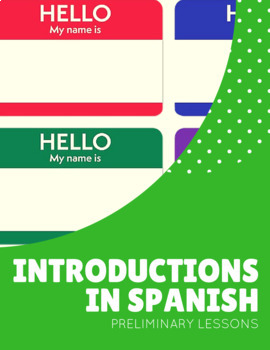 Introductions in Spanish Mini Lesson Plan and Video
Introductions in Spanish Mini Lesson Plan and Video
Students learn how to introduce themselves and others with a Speaking Latino original video. They take notes and complete the worksheet to practice.
7.  How to Say Goodbye in Spanish Mini Lesson Plan and Video
How to Say Goodbye in Spanish Mini Lesson Plan and Video
Students learn how to say goodbye in Spanish in different situations with a Speaking Latino original video. They take notes and practice by assigning an appropriate goodbye caption to images provided.
8. 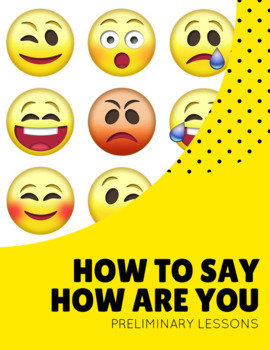 How to Say How Are You in Spanish Mini Lesson Plan and Video
How to Say How Are You in Spanish Mini Lesson Plan and Video
Students learn how to express how they are feeling in different situations with a Speaking Latino original video. They also review that the subject pronouns YO and TÚ can be stated or implied in some expressions they have learned.
9.  Expressing Likes and Dislikes Mini Lesson Plan and Videos
Expressing Likes and Dislikes Mini Lesson Plan and Videos
With two Speaking Latino original videos, students learn basic phrases to express likes and dislikes as well as basic vocabulary to use those phrases in context.
10. 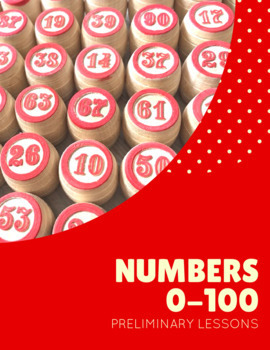 Numbers 0-100 in Spanish Mini Lesson Plan
Numbers 0-100 in Spanish Mini Lesson Plan
Students will be able to say and spell the numbers in Spanish from 0-100 and communicate the numbers to someone else for common purposes.
11.  Days of the Week, Months of the Year, Seasons and Weather in Spanish Mini Lesson Plan
Days of the Week, Months of the Year, Seasons and Weather in Spanish Mini Lesson Plan
Students learn the days of the week, the months of the year, the seasons, and basic weather phrases in Spanish with two songs and a video.
12. 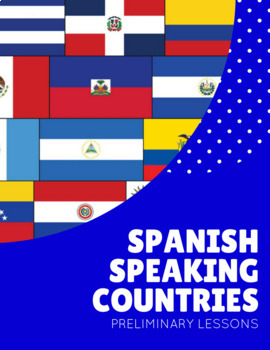 Spanish Speaking Countries Mini Lesson Plan
Spanish Speaking Countries Mini Lesson Plan
Students work in groups to learn basic facts about Spanish-speaking countries. They will create a collaborative board online and present it to the class.
Tips to Teach Spanish Preliminary Lesson to Beginner Students
1. Speak slowly and clearly
When speaking Spanish, it is important to speak slowly and clearly so that students can distinguish individual words and understand them easily.
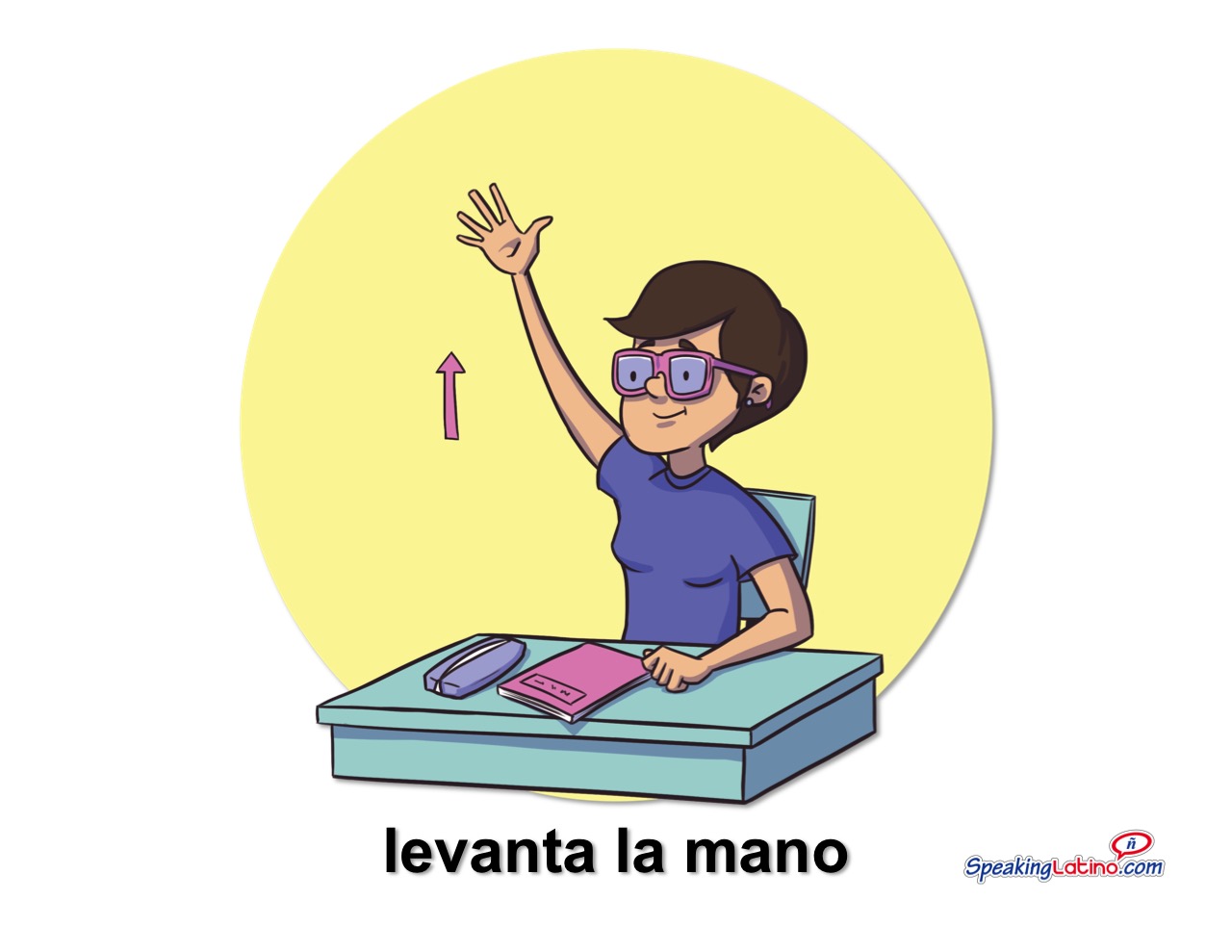
2. Use visuals
Showing visuals such as charts, diagrams or videos can help students learn quickly by helping them visualize the material being taught. For example, the Classroom Commands in Spanish Lesson Plan provides signs, posters, and presentations to illustrate each command.
It is also helpful to accompany some verbs with signs and gestures. For example:
- vamos a ver – point to your eyes
- vamos a hablar – open a close your hand closed to your mouth
- escuchen – point to your ear
- ¿Cómo se dice…? – shrug your shoulders and open your arms with palms up
3. Introduce grammar rules in small doses
Introducing too many grammar rules at a time can be confusing to beginner students. It is best to introduce one rule at a time with some examples of how they are used in sentences.
4. Stick to the basics
Teach basics such as greetings, numbers, colors, days of the week, etc. before moving on to more complex topics. This will give students a solid foundation on which to build their language skills.
5. Provide plenty of practice
Give students plenty of opportunities to practice and apply new material by incorporating activities like role play or storytelling into class sessions.
Click here for more Spanish Lesson Plans.